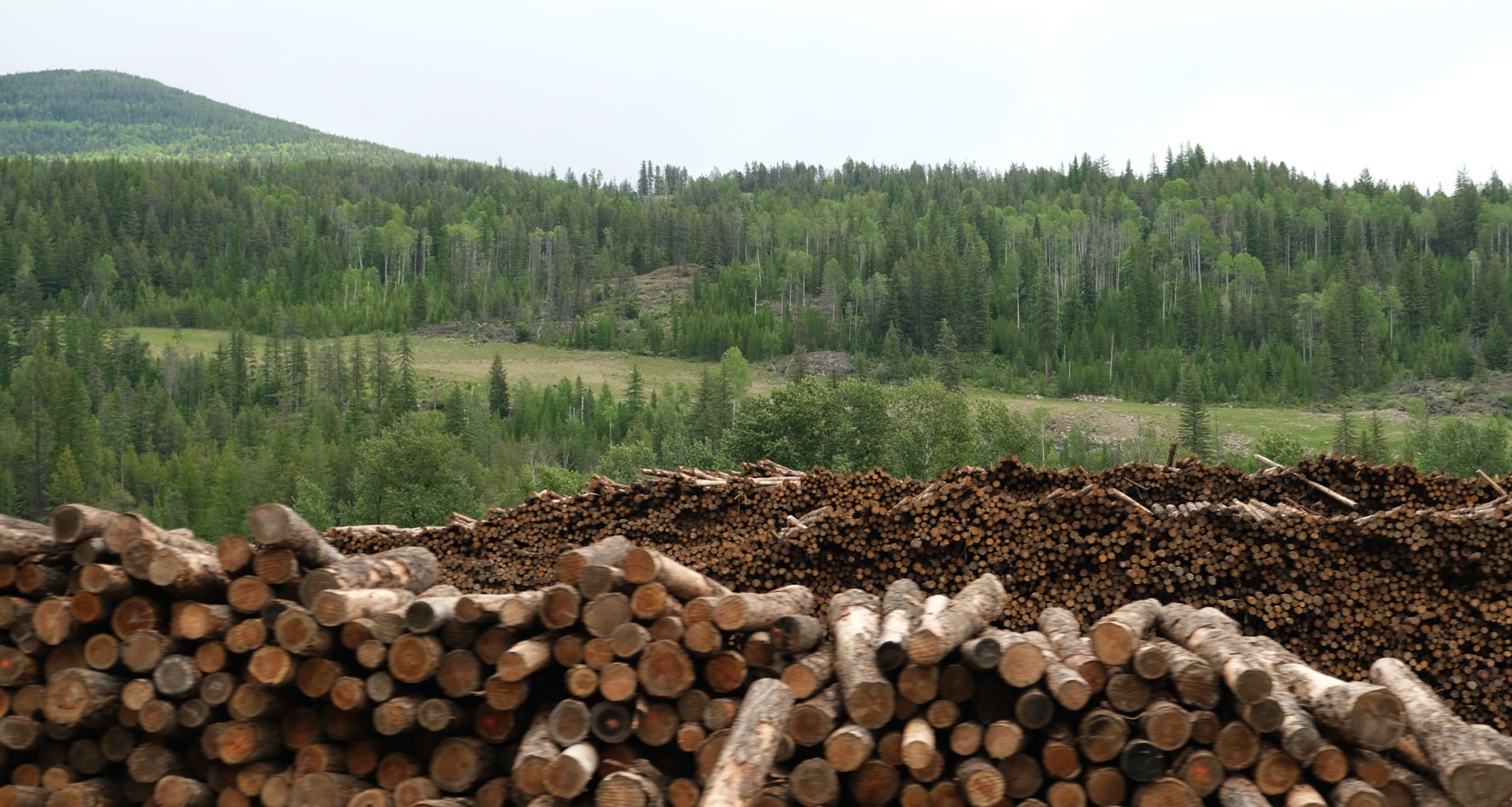Case Study: Successful Implementation of Virtual Sensors in Forestry Equipment
JM
Introduction to Virtual Sensors in Forestry
The application of virtual sensors in forestry equipment has revolutionized the way we manage and monitor our natural resources. By leveraging cutting-edge technology, forestry operations can now gather data in real-time, allowing for more efficient and sustainable practices. This case study explores the successful implementation of virtual sensors in forestry equipment, highlighting their impact on productivity and environmental conservation.

Understanding Virtual Sensors
Virtual sensors are software-based systems that estimate measurements based on data from physical sensors. They offer several advantages, such as reducing the need for expensive hardware and minimizing maintenance costs. In forestry, these sensors help monitor factors like tree growth, soil moisture, and equipment performance, providing invaluable insights without the need for extensive physical infrastructure.
By using virtual sensors, forestry managers can access a comprehensive view of the forest environment. This enhanced visibility aids in decision-making processes, ensuring resources are used efficiently and sustainably.
Implementation Process
The implementation of virtual sensors in forestry equipment involves several key steps. First, a thorough assessment of the forest area is conducted to identify the specific needs and objectives. This step ensures that the most appropriate sensor technology is selected for the task.
- Assessment of forest area and objectives
- Selection of sensor technology
- Integration with existing equipment
- Training personnel for effective usage

After selecting the technology, the sensors are integrated into existing forestry equipment. This integration is crucial for seamless operations and real-time data collection. Personnel are then trained to use the new technology effectively, ensuring that the benefits of virtual sensors are fully realized.
Impact on Forestry Operations
The implementation of virtual sensors has significantly impacted forestry operations. One of the most notable benefits is the increase in operational efficiency. By providing real-time data, these sensors allow for better planning and resource allocation, ultimately reducing waste and optimizing output.
Additionally, virtual sensors contribute to environmental conservation. By monitoring ecological factors such as soil moisture and tree health, forestry managers can implement practices that protect and preserve natural resources. This proactive approach ensures the longevity and sustainability of forestry operations.

Challenges and Solutions
While the implementation of virtual sensors offers numerous benefits, it is not without challenges. One common issue is the integration of new technology with existing systems. Ensuring compatibility and seamless operation requires careful planning and execution.
Another challenge is the need for skilled personnel to manage and interpret the data. To address this, comprehensive training programs are essential, empowering staff to harness the full potential of virtual sensors.
Conclusion
The successful implementation of virtual sensors in forestry equipment marks a significant advancement in sustainable resource management. By embracing this technology, forestry operations can achieve greater efficiency, reduce environmental impact, and make more informed decisions. As the industry continues to evolve, the role of virtual sensors will undoubtedly expand, paving the way for more innovative and sustainable practices.
